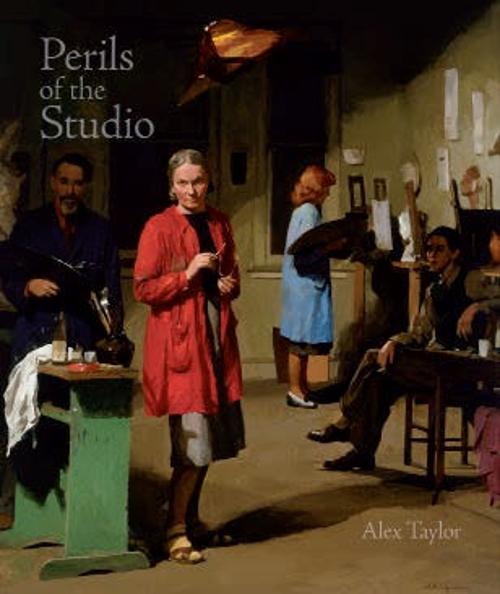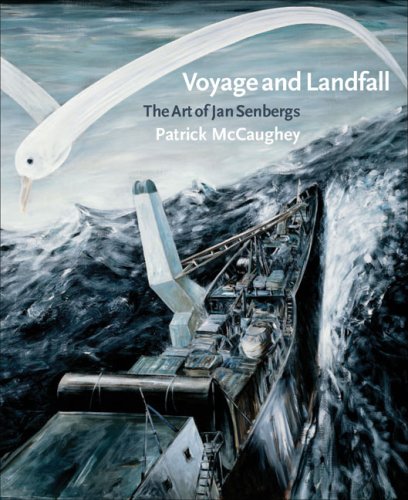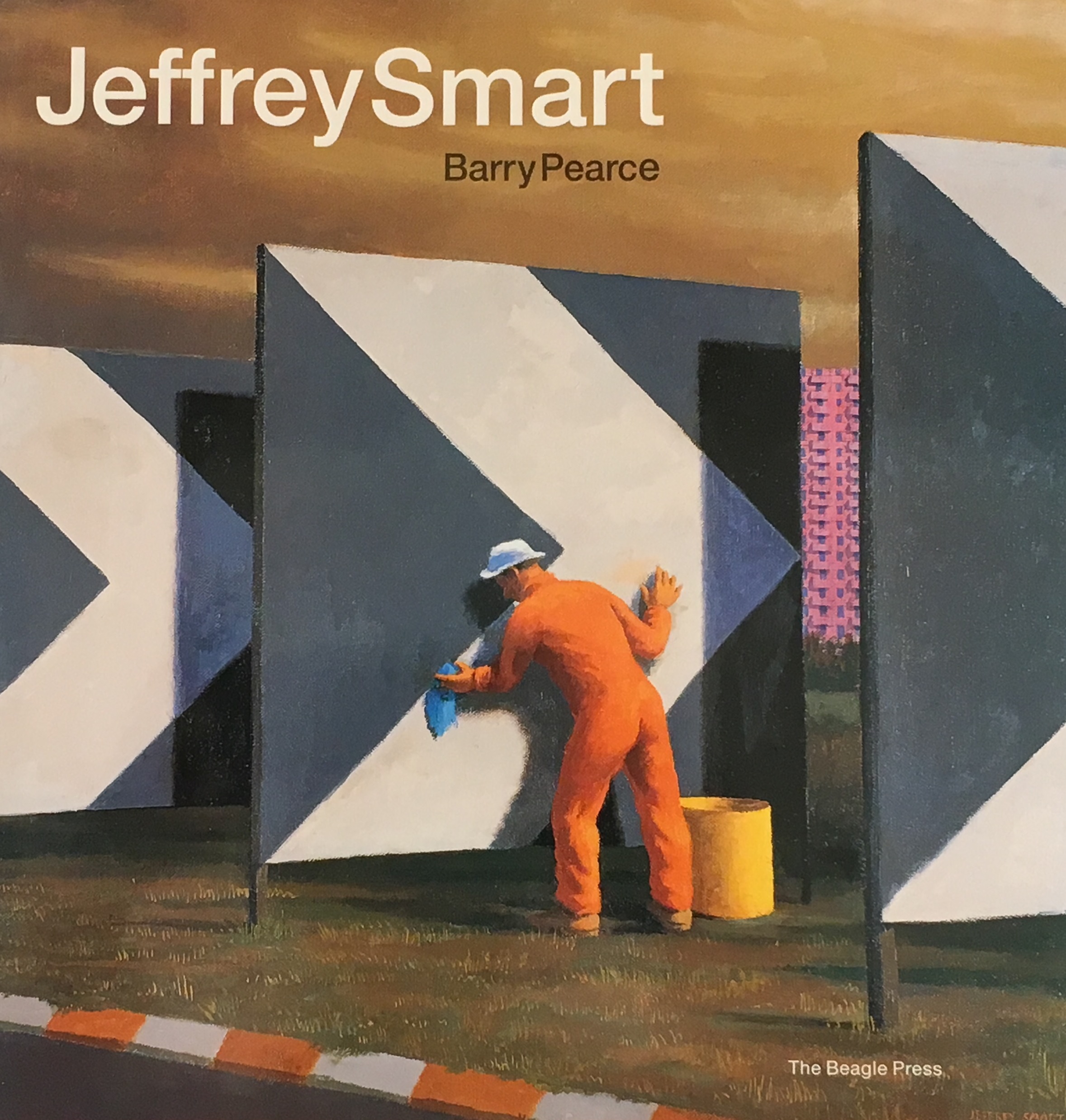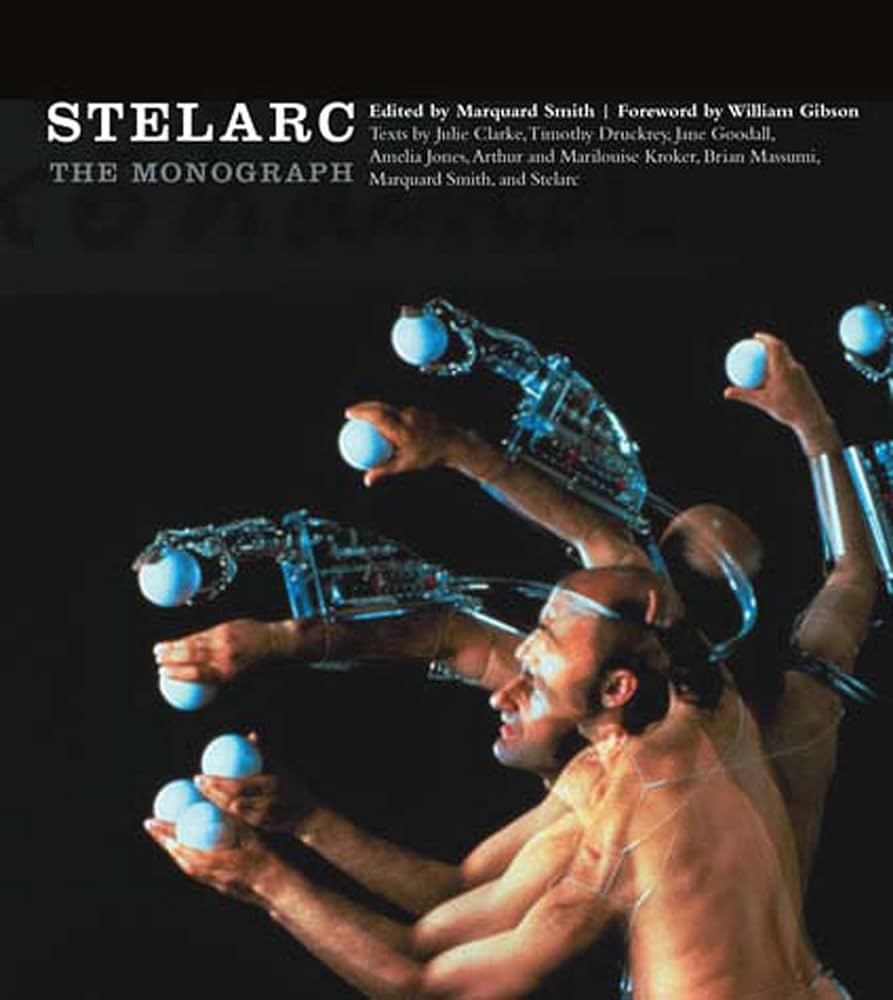Art
Perils of the Studio: Inside the artistic affairs of Bohemian Melbourne by Alex Taylor
by Vivien Gaston •
As convenor of the 32nd Congress of the International Committee of the History of Art (January 2008), I have become increasingly aware of what others want to know about Australia and of the gaps in our agenda. It is equally clear that there is much that we do very well that is not yet recognised internationally.
... (read more)A Century in Focus: South Australian Photography 1840s-1940s by Julie Robinson and Maria Zagala
by Alisa Bunbury •
Voyage and Landfall: The Art of Jan Senbergs by Patrick McCaughey
by Vivien Gaston •
Art Since 1900: Modernism, Antimodernism, Postmodernism by Hal Foster
by Luke Morgan •
The Felton Illuminated Manuscripts in the National Gallery of Victoria by Margaret M. Manion
by Joan Barclay-Lloyd •














